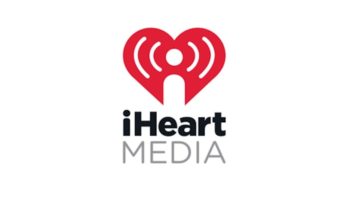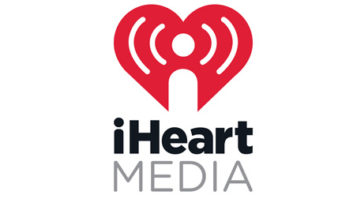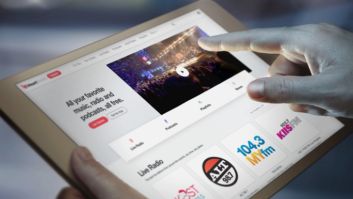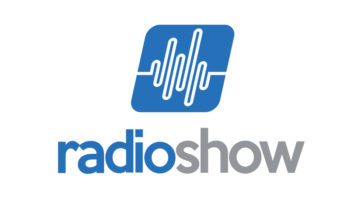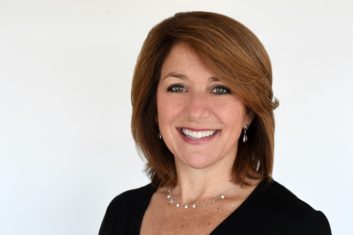
Pam Johnston is the general manager for news at GBH in Boston.
Like all of our stations east of the Mississippi River, GBH’s radio and TV call letters started with a “W.” WGBH recently rebranded to GBH to reflect the growing reality of the digital era beyond broadcast.
Today, more than half of GBH’s total impressions are digital. As the world moves from the age of broadcast to the era of streaming, we’ve decided to drop the W from our name to reflect this shift in how we connect with our audiences.
[Related: “Public Media Biggie WGBH Drops the ‘W'”]
Why should traditional radio broadcasting adapt to this digital era?
As we all know, the broadcast audience is changing. Largely due to the pandemic and a marked decrease in commuter listening in the last six months, overall broadcast listeners have shifted habits. At the same time, the streaming audience is growing and the social media audience is exploding.
How can we get radio listeners to know about and consume broadcast content online?
Although many of the things associated with broadcast are evolving, one thing remains constant, and that is high-quality content.
Here are three ways to pivot to multiplatform radio while keeping quality storytelling at the core:
- Focus on a long-term tentpole project that involves multimedia components. For instance, GBH News has created an in-depth series, “COVID and the Classroom.” Its content appears on radio and online but it can also easily become a virtual forum, social media posts, a digital story or an email newsletter — all increasingly vital ways to consume radio content.
- Double-down on digital content by posting news stories on your website and investing in photography. Adapt broadcast programs into podcasts such as GBH did with “In It Together,” our nightly newscast on how COVID-19 is affecting our community. Livestream your radio shows on Facebook (as we did with “Early Edition” and “Lunch Hour Live”). Create a YouTube channel for your audio stories. People are listening to audio more than ever, just not necessarily on the radio. You need to find audiences where they already are.
- Focus on community building by positioning your station as a community partner. How are you elevating voices in your community on the air, online, through virtual events? Create virtual town halls or news forums on Zoom or other digital platforms. Collaborate with other journalists on digital content. (GBH is partnering with our cross-town rival WBUR to produce content for the NPR “Consider This.”)
Long gone are the days when we could count on our audience to seek us out on the dial at a specific time.
Now, we must go out there and find them, which is a tricky business. But if we want our stations to have meaningful reach and have an impact, we need to embrace this digital moment, especially if our programming involves news.
It has never been harder to be a journalist in America than it is right now. But the need for incisive, inclusive and high-quality journalism on the issues facing our communities, our nation, and our world has never been greater. As local newspapers and commercial outlets are forced to close, radio programming is often the last local news source.
Broadcast radio will still be around for years but we can maximize its reach with these simple steps and a digital-first mindset.
GBH is the leading producer of content for PBS and a partner to NPR (via GBH 89.7 FM in Boston) and PRX. Comment on this or any story. Email [email protected].

